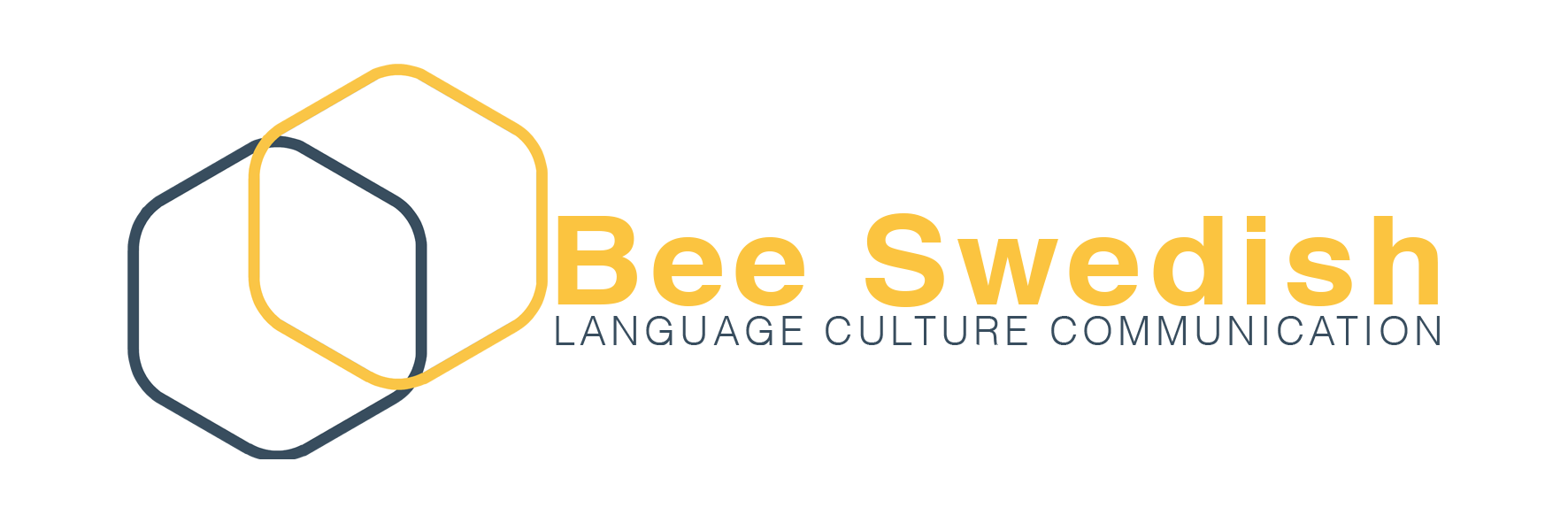There is a huge lack of trained medical staff here in Sweden. Since several years, foreign medical staff have come to Sweden in order to try their luck at the Swedish job market. They have probably heard about the lack of medical professionals, both nurses and doctors. Both medical staff from within EU and outside EU have migrated to Sweden the last few years and even though they have the proper medical qualifications, they find themselves going back to studies again. But language studies in Swedish this time.
Medical Swedish is actually not complicated
As a teacher of medical Swedish, I always begin each course by saying that medical Swedish is not complicated or that special for that matter. Actually, Latin words and very specific medical terminology are to be avoided in the contact with patients and in their written medical history (anamnes). In Sweden, Socialstyrelsen, a public authority, determines the official rules for the Swedish healthcare and publish these in form of legal documents on their webpage www.socialstyrelsen.se. For example, if you would type patient (patient) in the search box at the webpage, you would find several official documents informing you about the regulations when treating patients with certain diseases, and in regard to certain situations. The most important one though is Patientdatalagen (2008: 355), the document with the law about patient data, stating that within the healthcare system, a patient´s medical history has to be written in Swedish and to be clear and easy to understand for the patient.
A linguistic chain: Latin – medical language – general language
I would even go so far to say that Swedish for medical staff is general Swedish but with a specialized vocab related to anatomy and diseases, of course. Teaching medical Swedish, I see it as a linguistic chain that is best described like this: Latin – medical language – general language. Within the Swedish healthcare system, a GP or a nurse who speaks with a patient and later writes his/her medical history, that GP or nurse uses general language but with the relevant words and phrases. This can best be shown by comparing the following statements from a doctor.
GP: Jag måste palpera området kring din appendicis. Jag misstänker att du kanske har appendicitis, speciellt eftersom du säger att smärtan inte är bilateral.
GP: Jag måste ta på/känna på området kring din blindtarm. Jag misstänker att du kanske har blindtarmsinflammation, speciellt eftersom du säger att smärtan inte är på båda sidor.
While the first statement contains a medical language, the second one is in general language. For any doctor or nurse, regardless of having good Swedish language skills or not, the first statement with its vocab might seem very familiar and therefore a lot clearer. But on the other hand, a patient not knowing specific medical phrases or Latin for that matter, the second one is the only clear and the easiest one to understand.
In my work with foreign doctors and nurses
, … I often notice that there is often a confusion in regard to verb tenses and time prepositions, which has a devastating impact on the medical history. This is actually just pure grammar skills but within healthcare it might be lead to the incorrect diagnosis and/or treatment. Taking the following statements from two different patients as an example: Jag har haft ont sedan 3 veckor versus Jag hade ont för tre veckor sedan. In English is a lot clearer with “I have been in pain since 3 weeks” and “I was in pain 3 weeks ago”). This might seem easy but when listening to a patient who talks fast and includes a lot of different pieces of facts in a confusing order and often mixed with emotions like worry or frustration, you run the risk of losing track.
Having this said, medical Swedish is not that complicated
However, you have to have advanced Swedish skills, study many new words related to anatomy and diseases and keeping track on certain grammar. Last but not least, a very important aspect is the communication with the patient and to listen with focus.

hajer.gharbi80@gmail.com